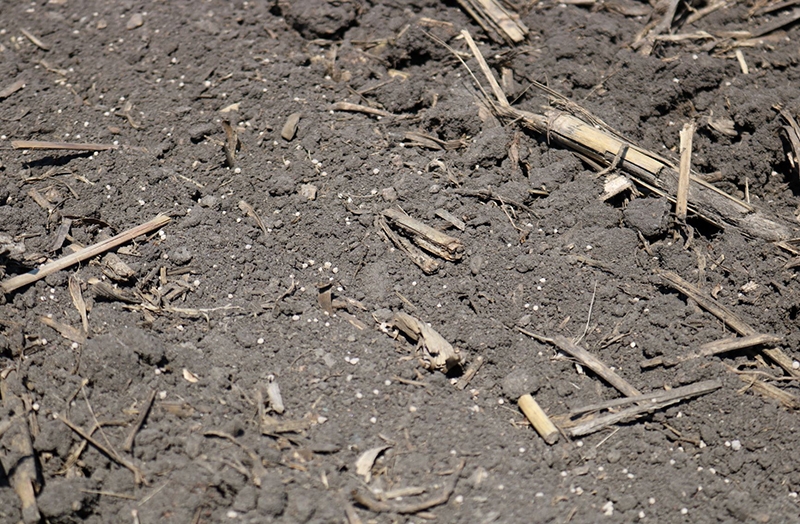Nozzles: Renewed Focus
Truthfully, spray drift has been a key issue for U.S.-based nozzle manufacturers since they first started supplying products to the agricultural marketplace. In fact, says Steve Pearson, Spraying Systems business manager for North America and Europe, companies that deal with international markets have long fought the battle to control drift for customers and their governmental agencies.
“Spray drift is a very, very strong issue in Europe and countries over there have some pretty strict drift regulations that we as a company have to adhere to,” says Pearson. “We’ve been working with these kind of issues for decades, so working with U.S. rules doesn’t seem all that difficult. Ultimately, it always comes down to the same thing — droplet size vs. coverage.”
Unfortunately, the industry’s forward-thinking approach to product choices hasn’t always been appreciated behind the walls of state and federal capital buildings. Here, says Mark Bartel, president for Wilger Inc., phrases like “zero drift” and accompanying legislation have popped up way too numerously during the first decade of the 21st century. “In Washington, DC, we haven’t done as good a job communicating our spray drift efforts as we should have,” says Bartel. “There are some lawmakers out there that want to test and certify each drift technology we currently have — even the ones that have been proven effective over the years.”
Many of these technological advances are on display from the various nozzle makers. These include Ultra Lo-Drift spray tips from Hypro Corp., which are designed to produce large air-filled droplets to reduce drift potential; AD Anti-Drift Flat spray tips from Lechler Inc., which features a pre-chamber that increases droplet size without inducting air, lowering the likelihood of drift, according to the company; and CP-65T nozzles from The CP Products Co., which can be adjusted to 18 different combinations to regulate product flow and droplet size.
More Options = More Targets
Of course, changes in product types has also altered the way spray drift critics have viewed the problem. Historically, most spray nozzle manufacturers have focused their drift reduction efforts on herbicide applications. However, say observers, the increasing popularity of fungicide applications to improve plant health and increase crop yields have broadened the areas of concern. “By their nature, fungicides need to have more uniform coverage than herbicides to be effective,” says Spraying Systems’ Pearson. “This can complicate the whole spray drift debate.”
Ag retailers have done their best to address these concerns. According to Dave Coppess, vice president, sales and marketing for Heartland Co-op, West Des Moines, IA, custom applicators at the cooperative take several measures to counter drift. These include complying with manufacturer label recommendations on tank-mix partners and wind speed restrictions, using precision ag technology for boom activation and shut-off, and actively monitoring wind direction when spraying next to sensitive crops.
Getting The Word Out
Besides looking strictly at the product end of the spray drift equation, Carolyn Baecker, president of CP Products, says the industry needs to do more to educate everyone about the issue and what’s being done to address it. “Like with many things agricultural, education is the key,” says Baecker. “Once you explain to people what droplet size is, it seems like they are better able to comprehend what’s needed to control drift and still have healthy crops.”
Many manufacturers are already taking these steps. For example, Greenleaf Technologies has recently updated its Web site. According to Will Smart, company president, this includes not only information on Greenleaf products, but the Nozzle Calculator as well. “The Nozzle Calculator allows you to determine the correct nozzle type and size for your application by plugging in your desired gallons per acre, speed, and nozzle spacing,” says Smart. “This information produces a summary of the different nozzles along with droplet size and the required operating pressure.”
Another Web site that offers advice on reducing drift is Tip Wizard from Wilger. “Using Tip Wizard, customers can get all the details they need on Wilger tips and use it to better their results, including reducing drift,” says the company’s Bartel.






